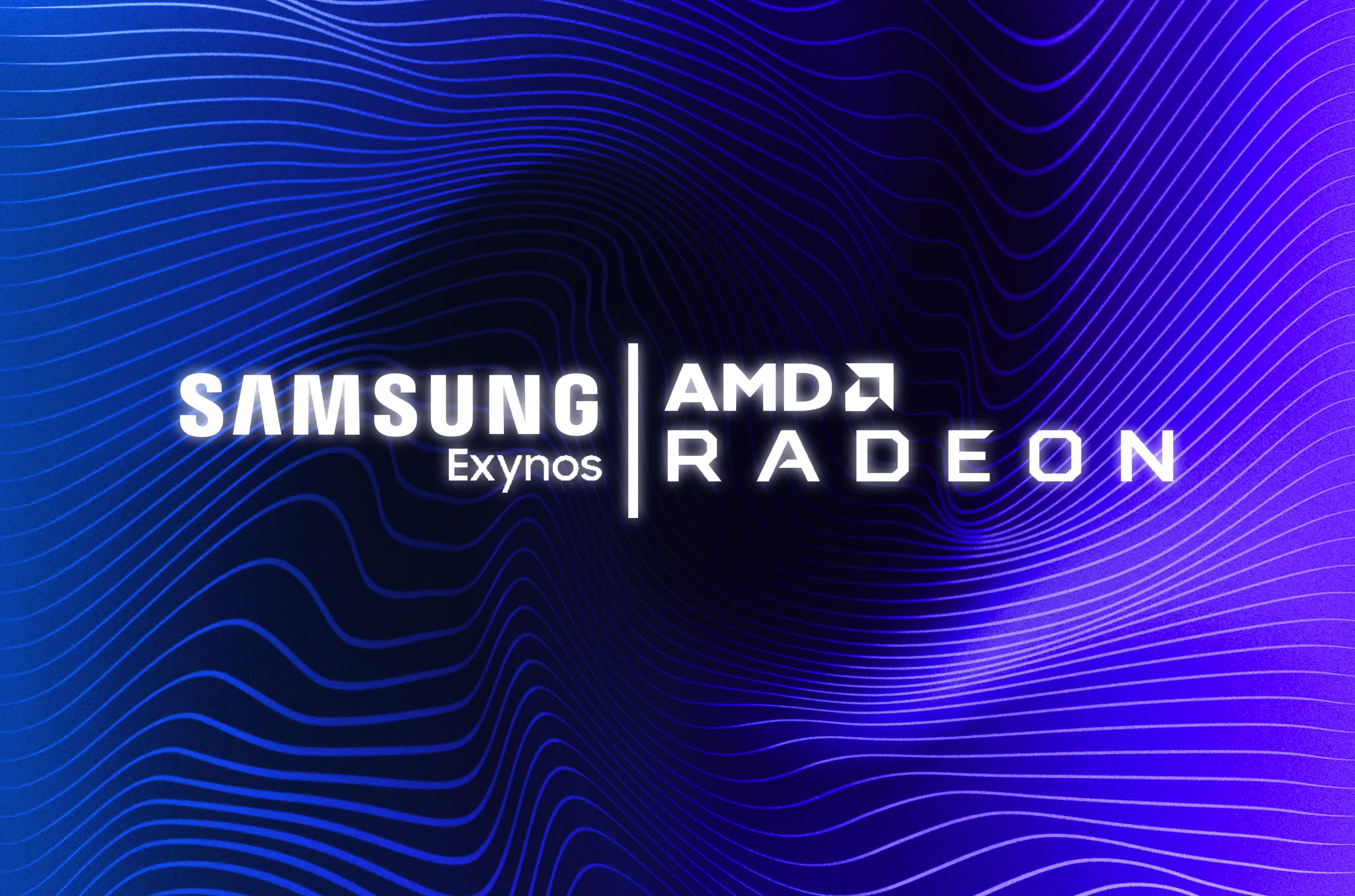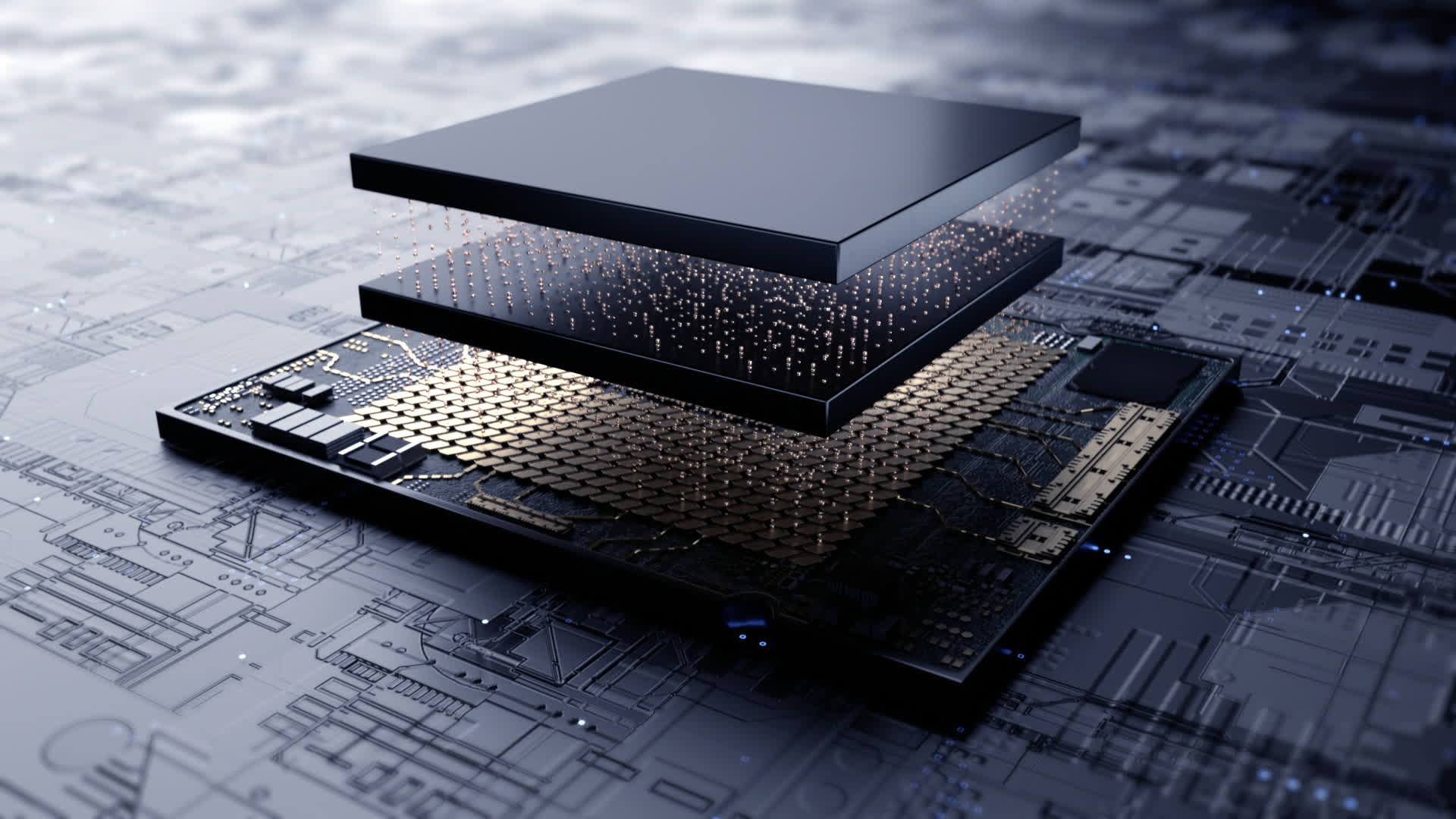In brief: AMD and Samsung's collaboration on bringing RDNA 2 graphics to mobile has yet to materialize into an actual product, but the first wave of phones to feature the new graphics engine could land as soon as early next year. You read that right -- Samsung may bring RDNA 2 graphics to phones other than the Galaxy S and Galaxy Z lineups, but also to upcoming mid-range A-series phones.

AMD and Samsung have both confirmed they've been working on bringing RDNA 2 graphics technology to high-end smartphones, and if everything goes well and Samsung does finalize the Exynos 2200 SoC design, we may be able to see it in actual devices early next year.
The mysterious AMD mobile GPU carries the "Voyager" codename, suggesting the company believes it will slowly, but surely make its way to the top of the performance chart. This will no doubt make it into devices like the Galaxy S series and foldables from the Galaxy Z family, and AMD says the new chip will come with variable rate shading and ray tracing capabilities, so we're in for a treat.

However, the Voyager project may not be about a singular mRDNA GPU, but rather two like the interstellar probes, or three if the rumor mill is to be believed. According to a new leak corroborated by @FronTron, Samsung plans to also equip its mid-range A-series phones with an mRDNA part, albeit a cut-down version of what will be integrated into the Exynos 2200 chipset.
This means that phones like the upcoming Galaxy A73 and Galaxy A53 will get a Voyager GPU with four compute units that can boost to around 1 GHz, while flagship phones will have a GPU with six compute units clocked at around 1.3 GHz. Lower-end A-series phones are expected to get a configuration with only two compute units, which should still be faster than the Adreno and Mali GPUs integrated into existing devices from that range.
As for which regions will get to see phones equipped with an mRDNA graphics engine, a final decision has not been made but there are some hints that suggest people in Europe and South America will be able to buy Exynos 2200-powered handsets, while most Asian countries including South Korea will likely only have access to Samsung phones equipped with the Qualcomm Snapdragon 898 Mobile Platform.
In the meantime, Samsung is negotiating exclusive contracts with China Telecom in China and Verizon in the US, but so far there's been no word on whether the companies have made any progress in those discussions.
https://www.techspot.com/news/91160-exynos-chips-amd-rdna-2-graphics-could-power.html


